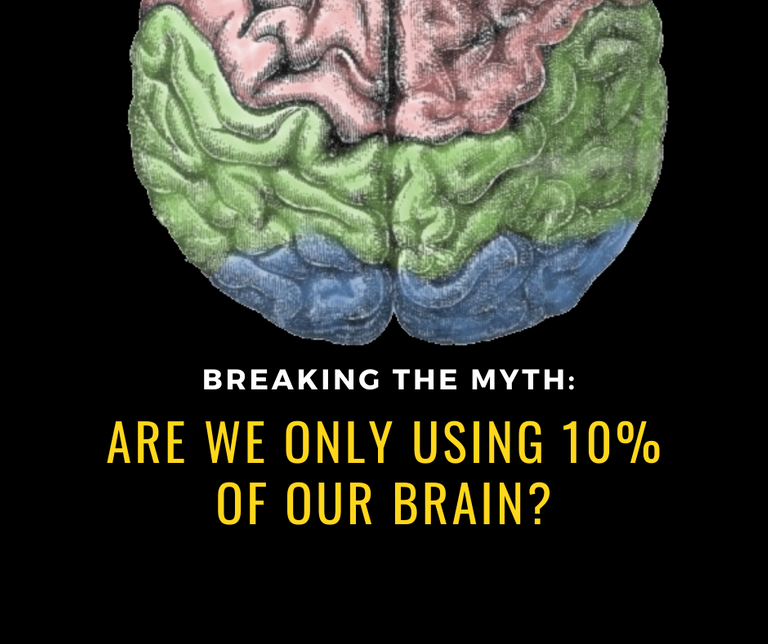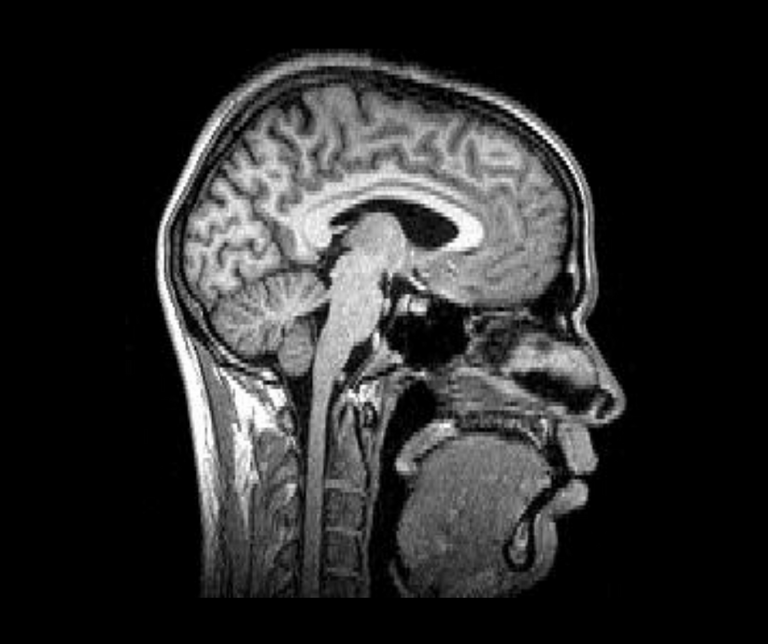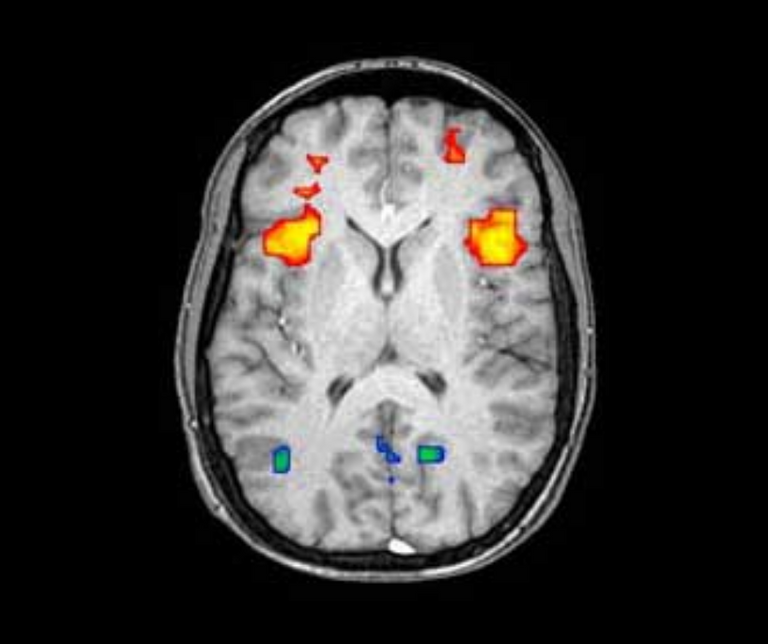Are we only using 10% of our brain?

The brain is a complex organ. We studied the brain for years and learned new things about it. That is why we have technologies like artificial intelligence. However, our pursuit of truth may lead others to speculate on what science fiction writers. More than intelligence, our brain size is proportionate to our body. Hence our body is small; our brain is smaller than a whale but built in a way that allows us to survive and make progress.
We have gifted individuals who transform the world into what we know it today. Minding it, we can clearly say that we are not using our brain at only 10% capacity. It is most likely the result of a simple misunderstanding. The 10% usage of our brain is a myth. Our brainhas 10% neurons and 90% glial cells. Various types of neurons perform different functions, but in general, neurons allow you to process and transmit information, while glial cells surround your neurons and provide protection and insulation.
As stated earlier, our brain has a complex structure. It has a smaller surface area that allows for more brainpower to fit into a smaller room. It is why brains have wrinkles, which gives them more surface space. Our heads are pretty high up there, but we don't take the throne yet again. Dolphins have incredible brains; in comparison, ours seem a little underwhelming. The size and surface area aren't the best factors to define intelligence.
Our brain serves as the focal point of our nerve system. It is similar to vertebrate and invertebrate animals. The brain is the most complicated organ in the body of a vertebrate, which we can locate near the sensory organs that control vision. The cerebral cortex contains approximately 14 to 16 billion neurons, whereas the cerebellum has 55 to 70 billion neurons in a person. Synapses bind each neuron to tens of thousands of other neurons.

Axons bring brains of signal signals called action potentials to distant areas of the brain or body, where they have individual recipient cells, and these neurons interact with one another. Individual brain cells' operations are now well understood, but the way they collaborate in ensembles of millions remains a mystery. Recent models of modern neuroscience treat the brain as a biological machine, which works differently from an electronic computer in terms of mechanism but is identical to gathers data from the environment, stores it, and processes it in several ways.
With the 10% of the brain theory, people only use 10% (or any other small percentage) of their brains. People, who support the claim, misattributed Albert Einstein and other scientists. Extrapolation suggests that an individual can tap into this untapped potential and boost intelligence. We observed the changes in grey and white matter in response to new experiences and learning, but the nature of the changes has yet to be determined. The widespread belief that we are using 10% of our brainpower is folklore rather than science. The physiology of brain mapping indicates that all regions function continuously, even though basic processes regulating brain activity, such as memory and consciousness, are still unknown.
Studies on brain injury show that if we only used 10% of the brain, the damage to other areas does not affect results. Instead, the study revealed that it does not affect any part of the brain without causing loss of function. Also, minor damage to a small section of the brain may have far-reaching consequences. From the brain scans, all brain regions have an involvement regardless of what one is doing. Some parts of the brain are more active than others at any given time, but no part of the brain is not dysfunctional unless damaged. The positron emission tomography (PET) and functional magnetic resonance imaging (fMRI) tracked brain responses and operation. When sleeping, we observed that in some way, all parts of the brain have an involvement. A brain only has "silent" areas when damaged severely.

Our brain takes more oxygen and nutrient intake as to the rest of the body. Despite making up just 2% of the human body weight, it can consume up to 20% of the body's resources, which is more than any other organ. If 90% of our brain is unnecessary, humans with smaller, more powerful brains would not have a significant survival advantage. Natural selection weeded out the inefficient parts of the brain. Given the historical risk of death in childbirth associated with the large brain size (and therefore skull size) of humans, there would be significant selection pressure toward such a large brain size if they only used 10% of brainpower.
Our brain has distinct regions for feature localization and has various types of information processing rather than functioning as a single mass. Decades of study have gone into mapping the functions to brain regions, and they found each area has a distinct role. In microstructural review, researchers use a tiny electrode inserted into the brain to detect the behavior of a single cell in the single-unit recording technique. This technique would have shown that 90 percent of cells were unused. Pruning synapses, non-used brain cells succumb to proclivity to degenerate. As a result, if 90% of the brain is inactive, an autopsy of normal adult brains reveals widespread degeneration.
Although the roles of various parts of the brain are well understood, several questions remain about how brain cells (neuron and glia) interact to create complex behaviors and disorders. Understanding how different brain regions collaborate to shape conscious perceptions is perhaps the broadest and most enigmatic issue. There is no proof that consciousness originates in a single location, leading experts to conclude that it is a collective neural effort. As a result, humans have untapped cognitive potential. Several questions about the brain may remain unanswered, but for sure, we are not using only 10% of our brain.
Note: Image Credit: All images is from Wikimedia, except for the cover image. The cover image is created by the author using Canva.
References
- What If We Used the Full Capacity of Our Brains?
- Bird Brains Have as Many Neurons as Some Primates
- Would Humans Be Smarter If We Had Bigger Brains?
- Do People Only Use 10 Percent of Their Brains?
- Myth: We Only Use 10% of Our Brains
- The Using Only 10 Percent of Your Brain Myth
- Will It Ever Be Possible to Understand the Human Brain?
- Understanding the human brain: Incredible, but incredibly hard.
- Do we only use 10% of our brains?
- The Size of the Human Brain
Yay! 🤗
Your post has been boosted with Ecency Points, by @juecoree.
Use Ecency daily to boost your growth on platform!
Support Ecency
Vote for Proposal
Delegate HP and earn more
Lovely post debunking this myth. It is now known that for simple tasks we have many areas of our brain being active as found by Electroencephalograms.
Maybe, we are too convince with the science fictions that some people believe we are using only 10% of our brainpower.
True
Thanks for your contribution to the STEMsocial community. Feel free to join us on discord to get to know the rest of us!
Please consider supporting our funding proposal, approving our witness (@stem.witness) or delegating to the @stemsocial account (for some ROI).
Please consider using the STEMsocial app app and including @stemsocial as a beneficiary to get a stronger support.
Points Boosting refund to @juecoree! 🤓
Due to one of these reasons:
1. Post is not published via Ecency.
2. Post is already curated by our team.
3. Post is not curated by our curators within 24 hours.
4. Post might be too old post, try more recent content.
5. Author already received vote in last few hours, try again later.
Install Android: https://android.ecency.com, iOS: https://ios.ecency.com mobile app or desktop app for Windows, Mac, Linux: https://desktop.ecency.com
Learn more: https://ecency.com
Join our discord: https://discord.me/ecency